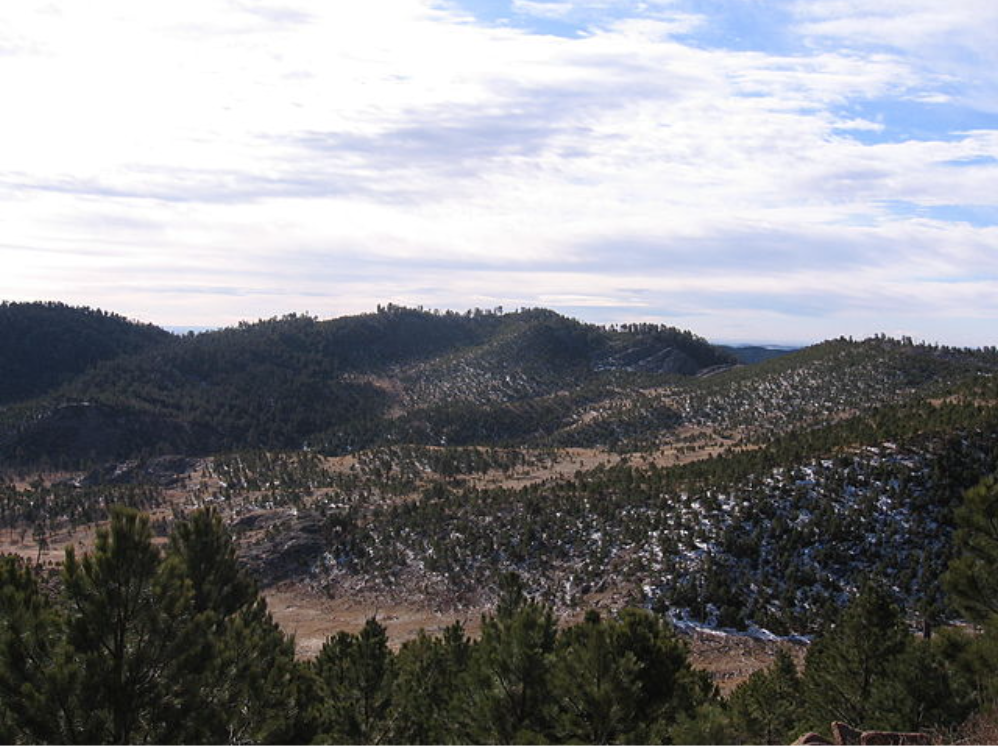By Destiny Heard, Monuments Toolkit
In respect of Earth Day and the seven billion people co-existing with this planet, this blogpost is dedicated to the acknowledgment of the past, present, and future sustainment of environmental justice. One non-profit organization upholding this resolve is the Black Hills Clean Water Alliance, whose primary goal is the prevention of radioactive and destructive mining in the Black Hills.
Black Hills is a relatively small mountain range that spans approximately 8,426 square-miles, reaches a height of 7,244 feet, and is encompassed by the wide-ranging Black Hills National Forest that stretches more than 1.2 million acres. This case of America’s natural beauty extends into southeast Montana and northeast Wyoming, and has been home to the Indigenous nations of the Lakota, Cheyenne, Omaha, Arapaho, Kiowa, and the Kiowa-Apache people for 10,000 years.
In the discussion of environmental justice, it is paramount to acknowledge the intersectionality that has influenced the deterioration of the natural landscape at hand. In the case of the Black Hills natural landscape, the Black Hills Clean Water Alliance recognizes these key nuances in their environmental activism. In the Clean Water Alliance, the activism for clean water in the region is dedication and acknowledgment of the continuous occupation and cultural significance that has made the Black Hills sacred sites for Indigenous people.
Image credit: WikiPedia Commons Black Hills In MArch 2013-March Black Hills Paha Sapa.JPG

